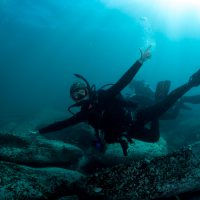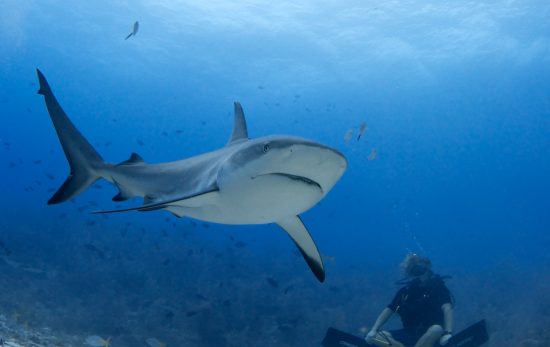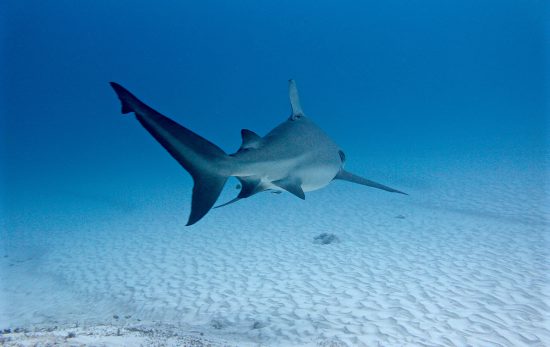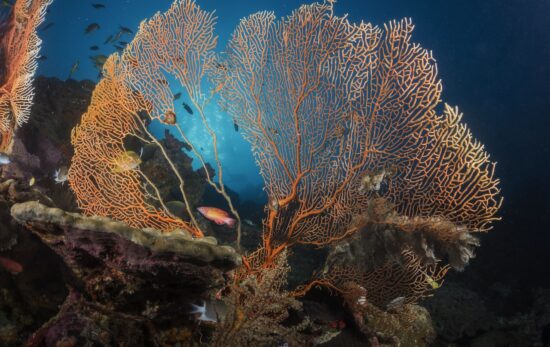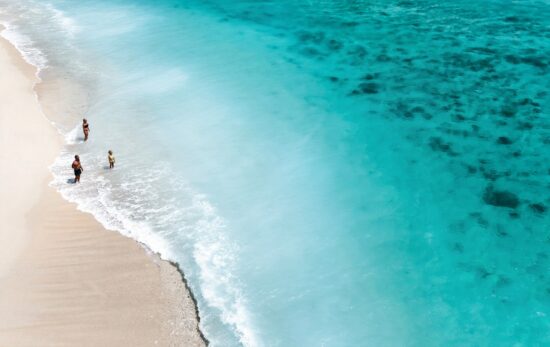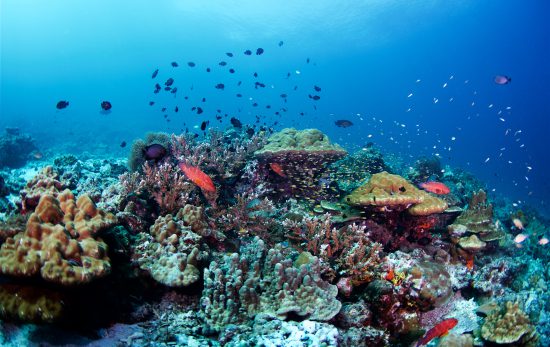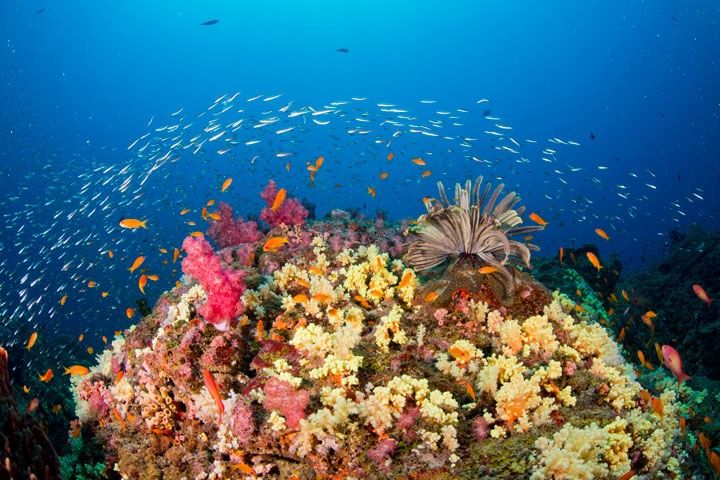 Photos supplied by Vikas Nairi
Photos supplied by Vikas Nairi
In the Bay of Bengal, between the Indian peninsula and Myanmar lies the Andaman Islands – a vast and mostly uninhabited archipelago. The Islands may be India’s most remote state, but they, like many places in our world, are still largely vulnerable to the impacts of human action.
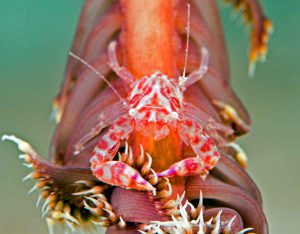
Any diver who has visited the Andaman Islands is well aware of the precious wildlife and incredible underwater habitats found here. In fact amongst the 556 islets, there are 270 species and subspecies of birds alone, 106 of which have been declared as endemic.
Below the crystal clear water you’ll find pristine reefs and fish and coral in a kaleidoscope of colours. In fact, the reefs here may well be the most diverse in the Indian Ocean.
Unfortunately, increased human activity – settlement, tourism and recreation – have had a large impact on the Andaman Islands, and continues to do so. Clearing of mangroves for agriculture and housing, illegal logging and the development of aquaculture are commonly seen activities, all of which exert stress on this fragile part of the world. In addition to this, coral bleaching – which occurs as a result of climate change – has wiped out a large portion of the reed. Even still, the damaged reef supports other marine life by providing a structure for fish to hide in and, thankfully, deeper reefs (below 15m and below) are still thriving.
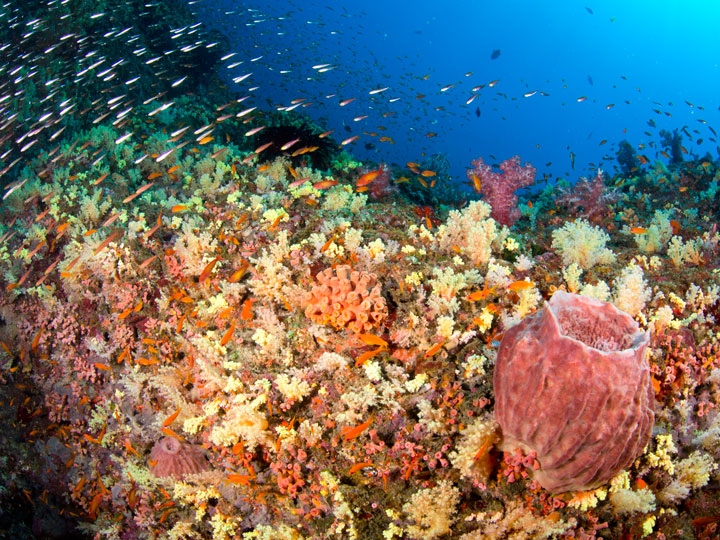
For the marine environment surrounding the Andaman Islands to thrive, change is needed. By listing the area as a Hope Spot, Mission Blue hopes to educate divers and non-divers alike about the situation and inspire them to take action and give renewed hope to our ocean. With our help and protection, areas listed as Hope Spots can form the seeds of tomorrow’s healthy ocean.
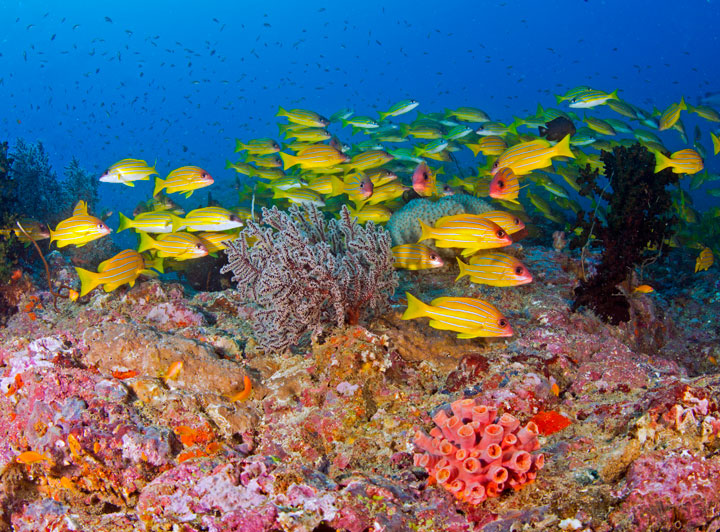
What’s a Hope Spot?
In 2009, Dr Sylvia Earle launched the concept of Hope Spots as a way of protecting vulnerable parts of our world.
“Hope Spots are special places that are critical to the health of the ocean – Earth’s blue heart. Hope Spots are about recognizing, empowering, and supporting individuals and communities around the world in their efforts to protect the ocean.” – Dr Sylvia Earle.
Read about other Hope Spots: The Coral Triangle and The Cocos Islands.
Know another place worthy of being named a Hope Spot? Learn how you can submit your suggestion here.
